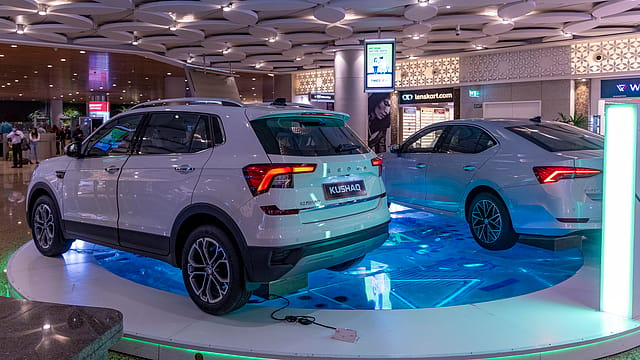Used-car volumes to grow 8-10%, over twice as fast as new ones: Crisil
ADVERTISEMENT

The sales volume of used cars in India is expected to cross 6 million units this fiscal, driven by value-conscious demand, rising digital adoption and better access to finance, according to Crisil Ratings.
This has lifted the used-to-new ratio in car sales to 1.4 from less than 1 five years ago, with the volume growing more than twice as fast.
The market value of these used cars is estimated to be around ₹4 lakh crore, nearly matching that of new car sales, the ratings agency said in a report.
“The organised players in the segment have been incurring high operational cost towards refurbishment, logistics and financing as the sector is in an expansion mode, resulting in continued cash losses. However, strong revenue growth is expected to drive breakeven at the operating profit level over this and the next fiscal,” the report said.
After a tepid 5% volume growth seen between fiscal 2017 and 2024, used vehicle sales grew at a strong 8% last fiscal and are poised to grow up to 10% this fiscal too.
“The improvement in the used-to-new car sales ratio to 1.4x from under 1.0x five years ago signals a structural shift, driven by rising consumer confidence and digital adoption. The supply too remains strong with average age of used cars steadily dropping and is expected to reach around 3.7 years, reflecting quicker upgrade cycles and growing preference for utility vehicles, mirroring new car trends,” said Anuj Sethi, senior director, Crisil Ratings.
December 2025
The annual Fortune 500 India list, the definitive compendium of corporate performance, is out. This year, the cumulative revenue of the Fortune 500 India companies has breached $2 trillion for the first time. Plus, find out which are the Best B-schools in India.
There is significant headroom for growth as India’s used-to-new car sales ratio of around 1.4 times still lags mature markets such as the US (around 2.5 times), UK (around 4.0 times), Germany (around 2.6 times) and France (around 3.0 times).
The segment, which saw volume remain stable even during the pandemic and semiconductor shortage that disrupted new car production is expected to remain resilient as prolonged rare earth magnet shortages delay new car deliveries, prompting buyers to opt for pre-owned cars and gain quicker access.
Besides, first-time buyers have a wider range of used car models to choose from, supported by healthy new car sales in the post-pandemic period. To top, improving access to vehicle finance, through lender-platform partnerships and underwriting, driven by artificial intelligence, is likely to support this shift.
Strong growth has led to expansion of organised players in the used car segment even as profitability remains a challenge.
“High cost of customer acquisition, logistics and refurbishment continues to weigh on the operating margin, which remains thin or negative for many players. However, the shift towards integrated service offerings including inspection, refurbishment, financing, insurance, and doorstep delivery, along with tighter cost control, should help narrow the losses down gradually. If the current momentum on cost agility sustains, most players are likely to achieve an operating breakeven over the next 12-18 months,” said Poonam Upadhyay, director, Crisil Ratings.
Most players have sufficient cash reserves from earlier funding rounds to meet their operational expenses and capex of ₹800-1,000 crore this fiscal, the report said.
